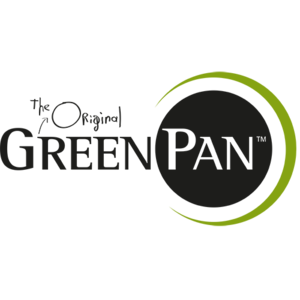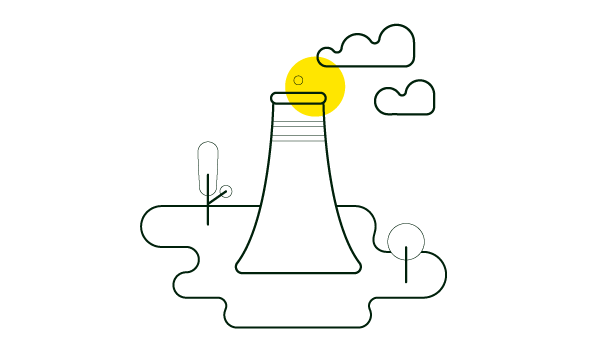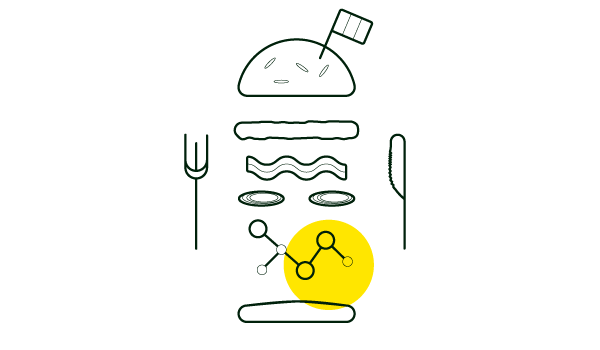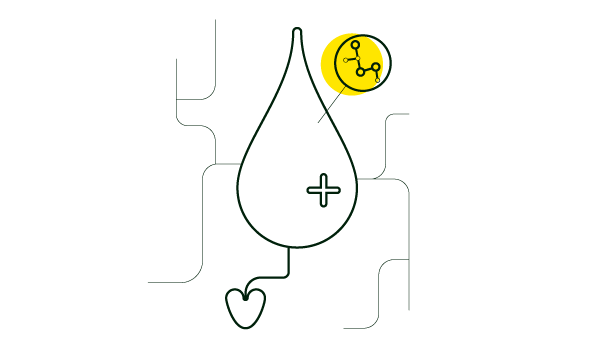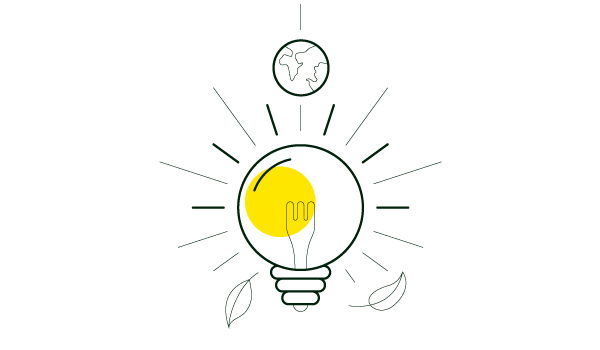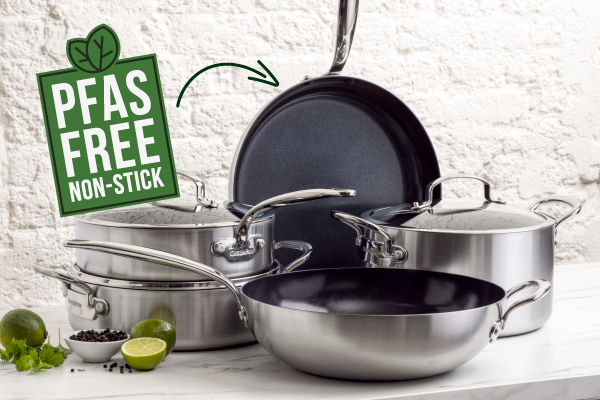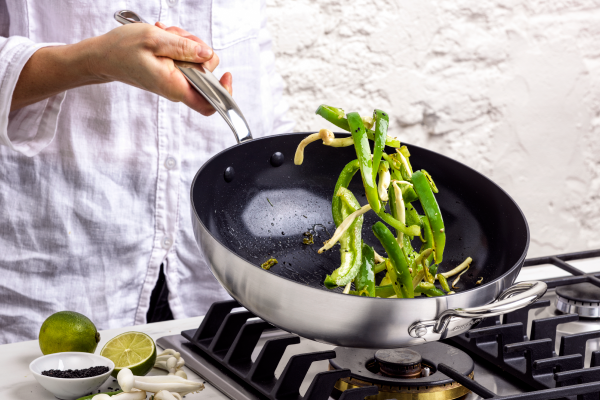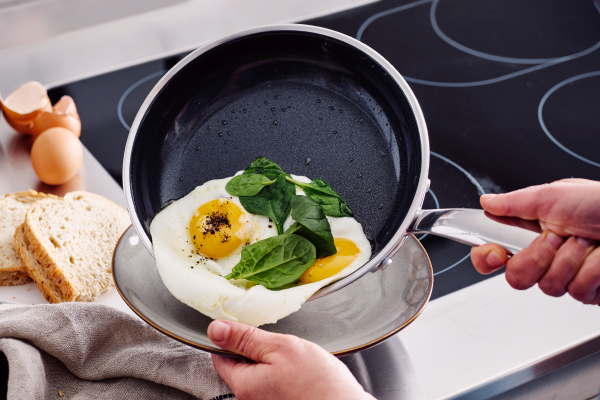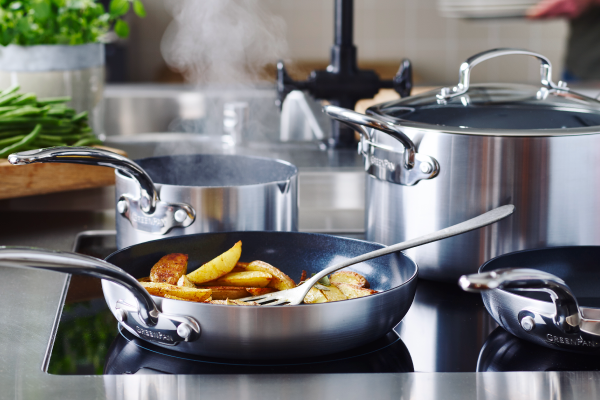‘How Teflon is made -Background, History, Raw Materials, The Manufacturing process of Teflon’ – 2006 ; ‘An Industrial Approach to Evaluation of Pyrolysis and Combustion Hazards‘ – Environmental Health Perspectives, 1975 Jun ; ‘Polymer fume fever and other fluorocarbon pyrolysis-related syndromes’ – Entrez PubMed, 1993 Jul ; ‘Toxicological Profile for Perfluoroalkyls.’ – Agency for Toxic Substances and Disease Registry, 2018 Jun ; Intertek Labtest ‘Testing of a Frying Pan for Emission of Toxic Gases’ - 2007 July ; ‘Basic Information on PFAS’ – United States Environmental Protection Agency, 2018 Jun; ‘KEMI Report Occurrence and use of highly fluorinated substances and alternatives’ – Swedish Chemicals Agency, 2015 ; ‘Fact Sheet PFOA & PFOS Drinking Water Health Advisories – United States Environmental Protection Agency, 2016 Nov ; ‘Supplying of scientific information concerning the safety and toxicology of : GreenPan™ cooking utensils and Thermolon™ anti-stick technology” – Prof. Dr. J. Tytgat, 2008 Feb ; ‘Polytetrafluoroethylene Toxicosis in Recently Hatched Chickens (Gallus domesticus)’ – Comp Med. 2012 Feb ; WWF Chain of Contamination: The Food Link – 2006 ; ‘Synthesis paper on per- and polyfluorinated chemicals (PFCS)’ – OECD, 2013; ‘Working towards a global emission inventory of PFASS: focus on PFCAS – status quo and the way forward’ – OECD, 2015;
https://www.pfasfree.org.uk/; https://waarzitwatin.nl/; https://www.eea.europa.eu/themes/human/chemicals/emerging-chemical-risks... https://www.regeringen.se/49e14e/contentassets/bc1b86d633ed4615bf367ae7d... https://www.oecd.org/chemicalsafety/portal-perfluorinated-chemicals/abou... http://ehp.niehs.nih.gov/1509934/
More info? Contact us: info@greenpan.com
